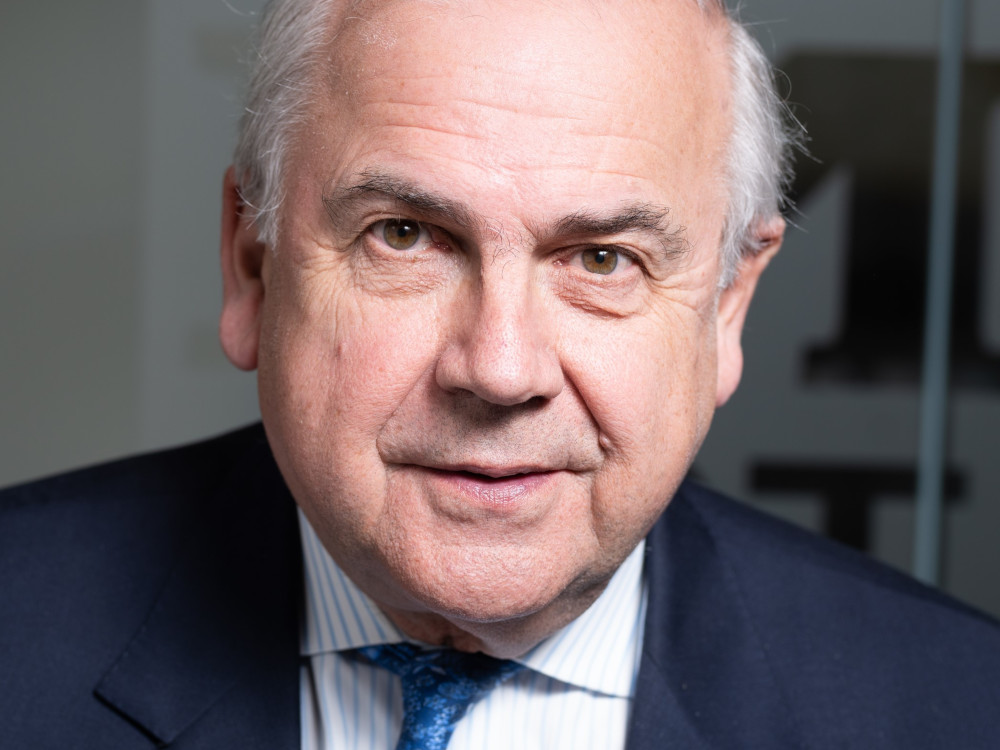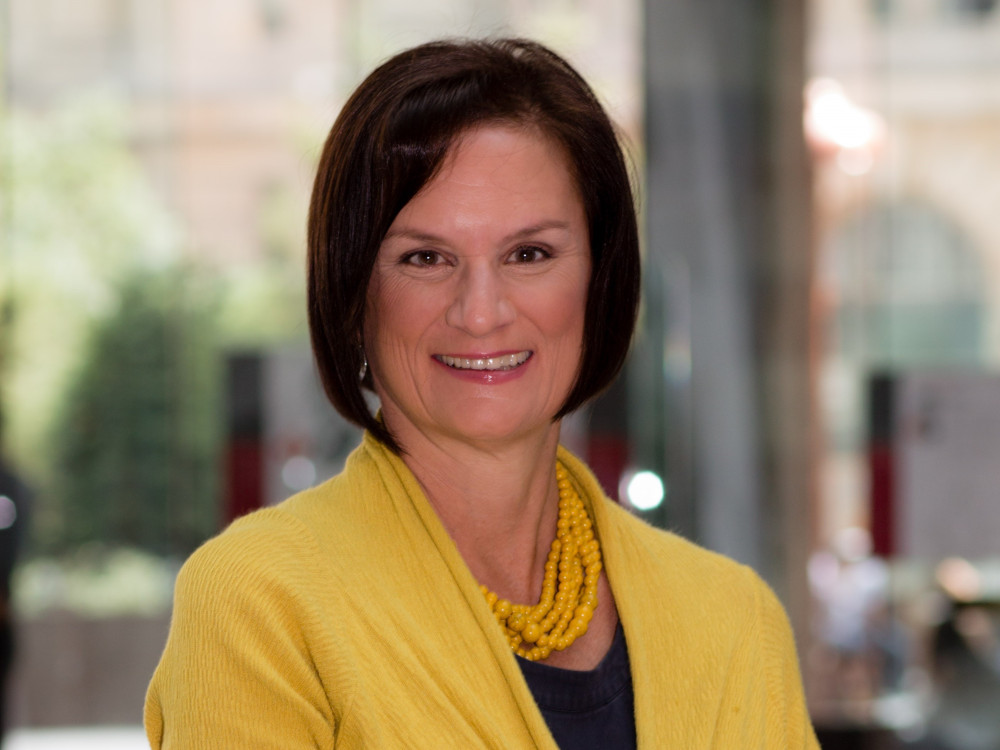As with so many areas related to wealth management in Canada, the landscape of philanthropy is in flux. Evolving demographics, innovative digital technologies and new types of investments are all contributing to a tectonic plate shift that calls for brave new rules for philanthropic foundations.
Canada’s 11,000-plus foundations hold more than $135 billion in assets. They are regulated by the CRA’s Charities Directorate and the finance department through the Income Tax Act.
In 2019, Canada established an Advisory Committee on the Charitable Sector, which has made recommendations through four reports. Its term is now complete, but the recommendations stand as potential guideposts to action.
Here, we asked four experts how they would change the legal and regulatory framework that governs charitable foundations in Canada.
Handing foundation regulation to a different entity
To the hammer, all problems look like a nail, and presumably to a taxation authority every taxpayer looks like a potential tax dodger. Thus, “my wish is that the regulation would be taken out of the hands of the Department of Finance,” say Montreal-based Hilary Pearson, a strategic advisor to family foundations and founding president of Philanthropic Foundations Canada.
She notes that “other countries have something like a charities commission,” and she suggests that this might encourage an attitude of enabling charitable work rather than monitoring compliance.

Rethinking who gets to define charities
“Charitable law in Canada isn’t evolving fast enough to respond to Canada’s social needs,” says Malcolm Burrows, founder and executive director of the Aqueduct Foundation and head of philanthropic advisory services at Scotia Wealth Management in Toronto.
When an organization applies for charitable status but is rejected, its only recourse is the Court of Appeal, which does not consider any new evidence. This has the tendency to limit the definition of the types of organizations that can become charities. Burrows says many people in the charitable sector prefer that applicants could instead appeal to the Tax Court of Canada, where a new argument could be presented.
Increasing reporting transparency
There is “almost no transparency” about non-profits in Canada that are not registered charities, says Mark Blumberg, a charity lawyer at Blumbergs Professional Corporation in Toronto.
He says the T3010 Registered Charity Information Return should be revised to collect more information, as is already done in filings in England, Australia and the United States, and that T1044 NPO (Non-Profit Organization) Information Return forms should routinely be released to the public.
Making government funding more flexible
Given that government provides about 65 per cent of the revenue of the registered charity sector in Canada, “it would be helpful if government provided more unrestricted funds, and if the mechanisms for applying for government funds were simplified, especially when dealing with smaller government grants,” says Blumberg.
The government contribution could be more effective, Blumberg says, if grants came with fewer administrative strings attached: “Charities should be able to just use the money, without too much specificity.”
For every donation, you need to run to an accountant.
Malcolm Burrows, head of philanthropic advisory services at Scotia Wealth Management
Creating more flexibility in investment options
“I would like to see more flexibility in the way foundations can invest their portfolio for public benefit,” says Pearson, who explains that there are restrictions in situations when a foundation wishes to invest in a charitable project rather than simply grant money as part of their disbursement.
She suggests the CRA could clarify the regulations in order to allow for investment in charities with an expectation of return.
Raising the disbursement quota (again)
Large Canadian foundations are annually required to give away a certain proportion of their assets not used in charitable activities or administrative activities. This disbursement quota was recently raised to 5 per cent, but Mark Blumberg thinks it should go even higher, perhaps as high as 10 per cent.
“This increase was meaningful and may have resulted in almost $2 billion extra reaching operating charities,” he says. “With the tremendous accumulation in private and public foundations, now reaching over $160 billion, the disbursement quota should be raised again to encourage foundations to increase giving in this time of tremendous need.”
Reviewing the Alternative Minimum Tax
In January 2024, Canada’s Alternative Minimum Tax (AMT) was extended to apply to charitable donations from high-income individuals. This significantly reduces the tax benefit to taxpayers of making a donation to offset taxes triggered by a sale of assets.
In addition, says Burrows, the new system is so complex that it discourages some people from giving simply because they are not sure whether the rules apply to them. “For every donation, you need to run to an accountant. In my view,” he says, “this is a policy error.”
Regulating DAFs
Donor advised funds (DAFs) have proliferated greatly, to the point where one in every $10 of foundation investment is going to DAFs in Canada, says Burrows.
He explains that in the U.S., DAFs have been making waves since financial institutions began including them among their product offerings. “Regulation has changed so the DAFs are treated like a separate part of their charitable sector, and there’s been endless debate about how they should be restricted.”
DAFs are also creating anxiety in Canada. Burrows says he believes the CRA should subject DAFs to the same rules as other types of charitable investments: “For the safety and strong functioning of the sector, I think you need the checks and balances.”
Improving data analysis and R&D
With recent declines in Canadian charitable giving and complex changes to the philanthropic landscape, decision-makers need reliable data on Canada as it is now, says Dr. Susan Phillips, a professor of philanthropy and nonprofit leadership at Ottawa’s Carleton University.
“Philanthropy is serious business and increasingly seeks to support systems change, often involving large sums and complex decisions about how best to achieve impact,” she says. “Yet, it is overlooked as needing sound analysis and data infrastructure to support it.”
She suggests that funding for a data lab similar to one launched in 2022 by the Canadian Chamber of Commerce “would provide philanthropists and the public with better information about charities and enable more informed decision-making and public policy.”
Supporting the full cost of funding agreements
Finally, says Phillips, “governments need to pay the full cost of services on contracts and contribution agreements with charities.”
She notes that one in five Canadians depends on charities for essential services, but these institutions often have to raise funds from private sources to cover the full costs of those services, an incentive to “risky financial and contracting behaviour” that puts pressure on philanthropy to do even more than it already does.
Sarah B. Hood is a Toronto-based writer and book author. She has served as editor of three national magazines and written weekly columns for the National Post. She also serves on the editorial board of Spacing magazine. She writes frequently on business, urban affairs and culture. As a food writer, her work has been translated into Japanese and Arabic. She has taught writing at George Brown College for more than 20 years.
Get our new quarterly newsletter about philanthropy: Canadian Family Offices’ new newsletter brings you key insights, trends and expert perspectives on charitable giving, tailored to Canada’s wealth leaders and giving communities. Click here to subscribe now to stay ahead.
Please visit here to see information about our standards of journalistic excellence.




